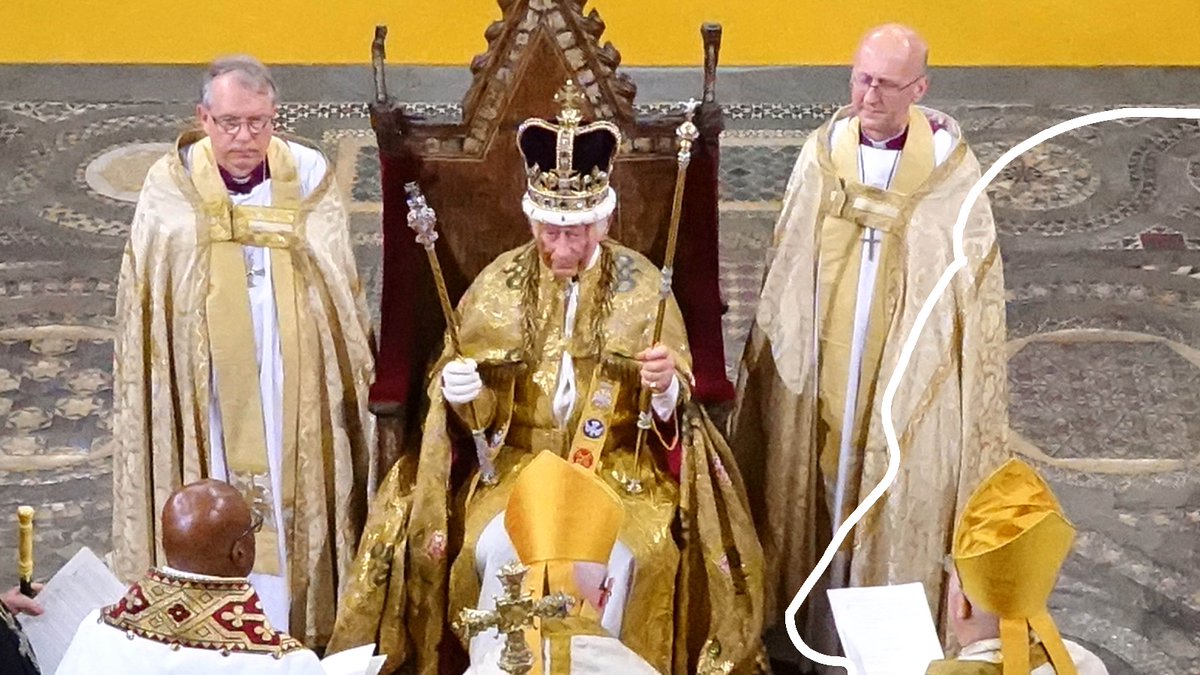Ministers have rebuffed criticism from a parliamentary committee that recently expressed concerns a lack of financial detail in programme documents and called for greater consultation of taxpayers while delivering reform
The government has rejected a call for HM Revenue and Customs to take a more customer-focused approach with future proposals for digitising the tax system after MPs described decisions had previously related to the Making Tax Digital drive as “utterly extraordinary”.
In their November report on progress, members of parliament’s Public Accounts Committee reacted with astonishment to HMRC’s exclusion of £2bn in transitional costs for customers from the department’s business case for the MTD programme. They said transparency on costs and benefits of reforms should be “non-negotiable” and recommended that HMRC make sure any future reforms start from a base of answering taxpayers’ needs and being “demonstrably better for them than existing arrangements”.
MPs said future digitisation plans should also be supported by taxpayer representatives, including HMRC’s own Administrative Burdens Advisory Board (ABAB).
But a just-published Treasury Minutes response brushes off the request, stating that the government “disagrees” with the recommendation. The response insists that reducing the tax gap – which is the difference between tax owed and tax collected, and which was £36bn in 2021-22 – also needs consideration.
“A priority for government is to make it easy for taxpayers to get tax right. However, it needs to balance several objectives for the tax system, including raising revenue and tackling the tax gap. While these often align, there can be trade-offs to consider,” ministers said. “HMRC regularly engages a range of taxpayer representatives, including the Administrative Burdens Advisory Board, as new services are developed and to better understand issues faced by taxpayers.”
Related content
- Research finds HMRC must ‘improve current services before taking digital-by-default approach’
- HMRC plans digital service upgrades to deliver ‘consistent, personalised experience’
- ‘We do not want it to be a hardship to contact us’ – how HMRC hopes to use AI and analytics to transform customer service
Ministers said ABAB had provided “valuable insight” on Making Tax Digital for income-tax self-assessment and that its views had been “important” in informing simplifications to the proposals set out in the Autumn Statement.
They also rejected a PAC request to provide figures setting out how tax revenue will be impacted by the more frequent submissions of self-assessment data that Making Tax Digital will involve and on other elements of digitisation.
“It is not possible to estimate robustly the effects of the separate components in isolation,” ministers said. “While initial assumptions were made, these have been overtaken by evidence from MTD for VAT which does not allow for disaggregation of the source of the additional tax revenue.”
However, the Treasury Minutes response said a 2022 evaluation of the estimated additional tax revenue from Making Tax Digital for VAT resulted in a figure of “at least £185m for 2019-20”.
It added that the figure “provides confidence” that Making Tax Digital would also yield benefits for income-tax self-assessment.
In its original response to November’s PAC report on Making Tax Digital, HMRC said additional anticipated tax revenue from the programme had increased to £3.9bn. It did not specify the time period the figure related to.





